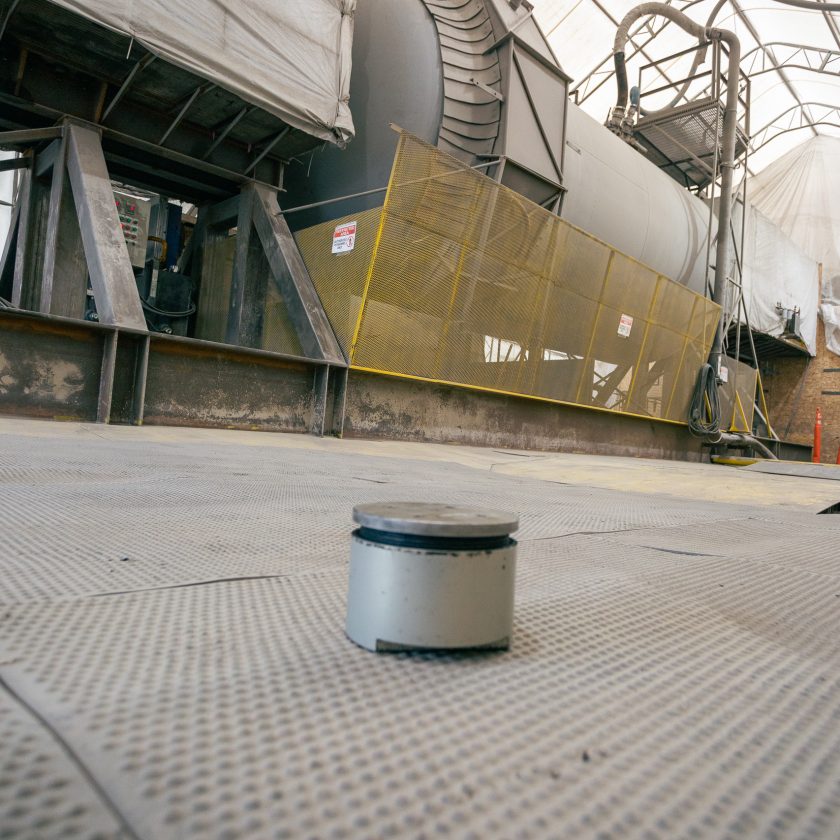Residential Outlook
Regardless of the political scenario that unfolds, PCA has made a significant adjustment to its assessments pertaining to single family projections. In past projections, PCA assumed that the amount of foreclosures facing the market, and delayed by robo-signings, would result in a dramatic and immediate increase in bank-possessed properties during the second half of 2012 and extending throughout 2013. This assumption results in elevated inventory levels and depresses home prices. The signal to homebuilders to accelerate activity is muted and translates into only modest volume gains in homebuilding.
Judging from recent trends in foreclosure activity, inventory levels and home prices, this scenario does not appear to be unfolding to the extent expected. A much more muted foreclosure scenario now seems more likely. This scenario suggests that public/legal actions regarding foreclosures are amplified by bank strategies to influence pricing levels. Combined, these forces work to slow down the foreclosure process and spread it out over a much longer time horizon. In total, this suggests much fewer foreclosures and bank possessed properties entering the market in the near-term.
Inventories are leaner and home prices stronger during 2013, according to this assessment. The signals sent to homebuilders to accelerate building activity are significantly stronger. In essence, this new assessment spreads the foreclosure issue out over a much longer time horizon and reduces the near-term disruptive impacts on homebuilding recovery. The end result is that near-term starts activity is stronger—and at the expense of marginally slower longer-term activity.
According to the 2013 Dodge Construction Outlook, single family housing will grow 24 percent in dollars, corresponding to a 21 percent increase in units to 615,000 (McGraw-Hill Construction basis). The positives for single family housing have become more numerous—the pace of foreclosures has eased, home prices are stabilizing and mortgage rates are at record lows. The report also anticipates multifamily housing to rise 16 percent in dollars and 14 percent in units, marking healthy percentage gains yet slower growth than what took place during 2011 and 2012. Improved market fundamentals will help to justify new construction, and this structure type continues to be viewed favorably by the real estate finance community.
Best of the Rest
Based on significant research and in-depth analysis of macro-trends, the 2013 Dodge Construction Outlook details the forecasts for each of the remaining construction sectors:
• Commercial building will increase 12 percent, a slightly faster pace than the 5 percent gain estimated for 2012. Both warehouses and hotels will benefit from lower vacancy rates, while store construction will feature more upgrades to existing space and the derived lift coming from gains for single family housing. The increase for office construction will be modest as new privately financed projects continue to be scrutinized carefully by lenders. Next year’s level of commercial building in current dollars will still be more than 40 percent below the 2007 peak.
• Institutional building will level off, following the steep 13 percent drop estimated for 2012. For educational facilities, K-12 construction will slip further while college and university construction should at least stabilize. Healthcare facilities are expected to make a modest rebound.
• The manufacturing building category will grow 8 percent, showing improvement after its 2012 decline.
• Public works construction will slide an additional 1 percent, as federal spending cuts, in particular, restrain environmental projects. The new two-year federal transportation bill should help to limit the impact of spending cuts on highways and bridges.
• Electric utility construction will drop 31 percent, after reaching a record high in current dollars during 2012. This year was boosted by the start of two very large nuclear power plants; projects of similar magnitude are not expected for 2013. The expiration of federal loan guarantees for renewable energy projects would also dampen construction in 2013.



